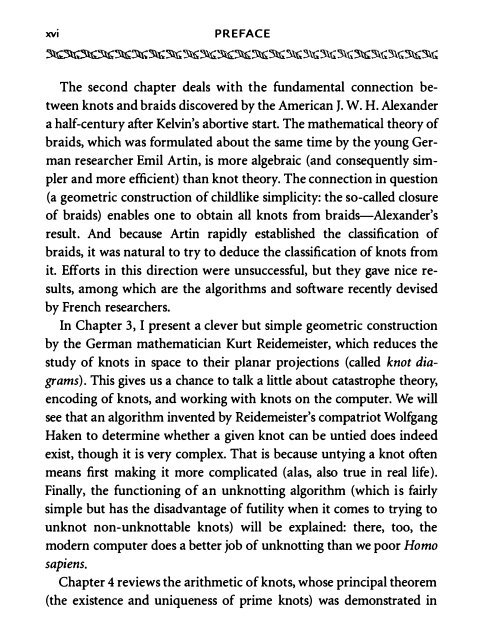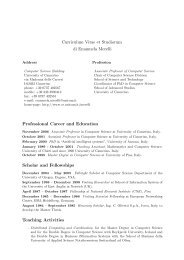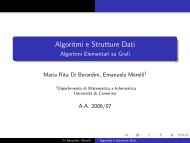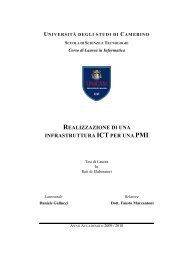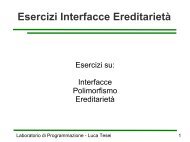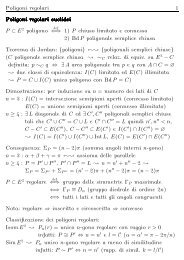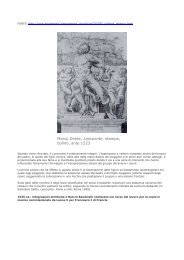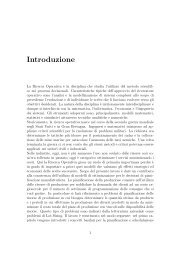Sossinsky:Knots. Mathematics with a twist.pdf - English
Sossinsky:Knots. Mathematics with a twist.pdf - English
Sossinsky:Knots. Mathematics with a twist.pdf - English
You also want an ePaper? Increase the reach of your titles
YUMPU automatically turns print PDFs into web optimized ePapers that Google loves.
XVI PREFACE<br />
The second chapter deals <strong>with</strong> the fundamental connection between<br />
knots and braids discovered by the American J. W. H. Alexander<br />
a half-century after Kelvin's abortive start. The mathematicai theory of<br />
braids, which was formulated about the same time by the young German<br />
researcher Emil Artin, is more algebraic (and consequently simpIer<br />
and more efficient) than knot theory. The connection in question<br />
(a geometrie construction of childlike simplicity: the so-called closure<br />
of braids) enables one to obtain alI knots from braids-Alexander's<br />
result. And because Artin rapidly established the classification of<br />
braids, it was natural to try to deduce the classification of knots from<br />
it. Efforts in this direction were unsuccessfuI, but they gave nice results,<br />
among which are the algorithms and software recently devised<br />
by French researchers.<br />
In Chapter 3, I present a clever but simple geometrie construction<br />
by the German mathematician Kurt Reidemeister, which reduces the<br />
study of knots in space to their planar projections (called knot diagrams).<br />
This gives us a chance to talk a little about catastrophe theory,<br />
encoding of knots, and working <strong>with</strong> knots on the computer. We will<br />
see that an algorithm invented by Reidemeister's compatriot Wolfgang<br />
Haken to determine whether a given knot can be untied does indeed<br />
exist, though it is very complex. That is because untying a knot often<br />
means first making it more complicated (alas, also true in real life).<br />
Finally, the functioning of an unknotting algorithm (which is fairly<br />
simple but has the disadvantage of futility when it comes to trying to<br />
unknot non-unknottable knots) will be explained: there, too, the<br />
modern computer does a better job of unknotting than we poor Homo<br />
sapiens.<br />
Chapter 4 reviews the arithmetic of knots, whose principal theorem<br />
(the existence and uniqueness of prime knots) was demonstrated in


